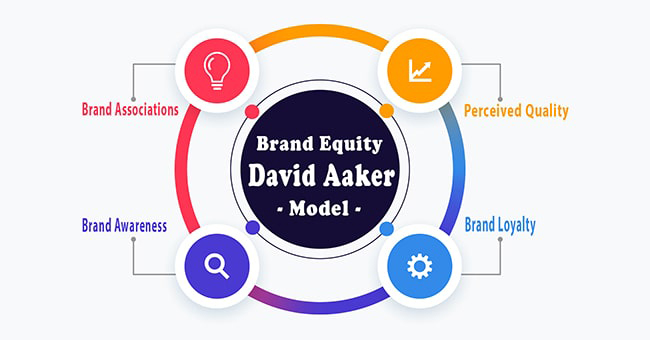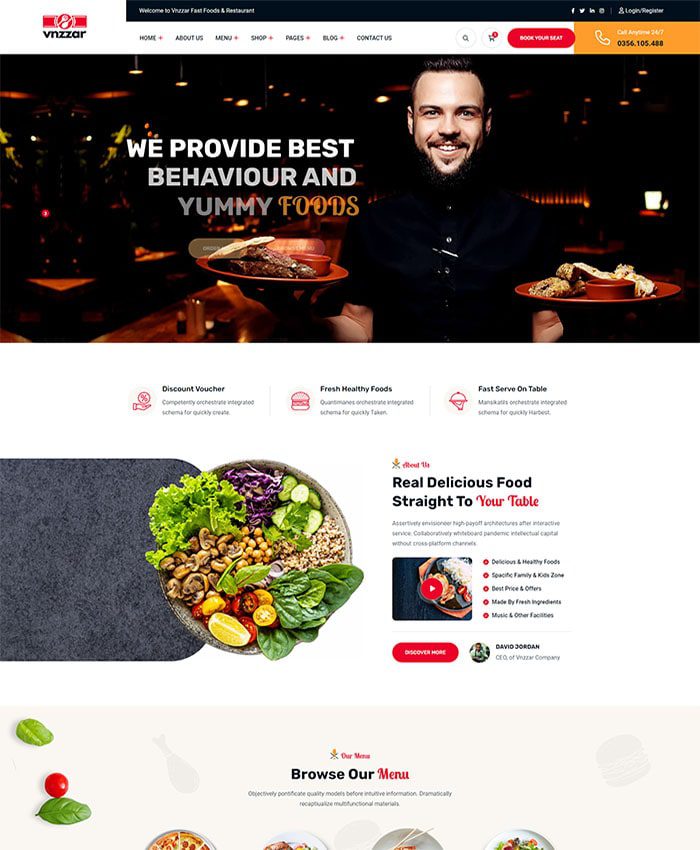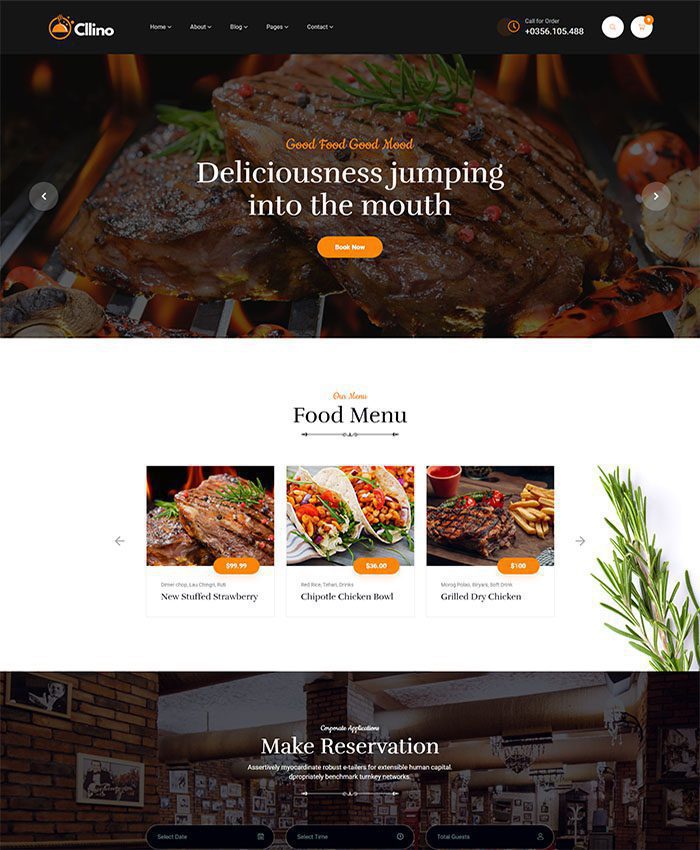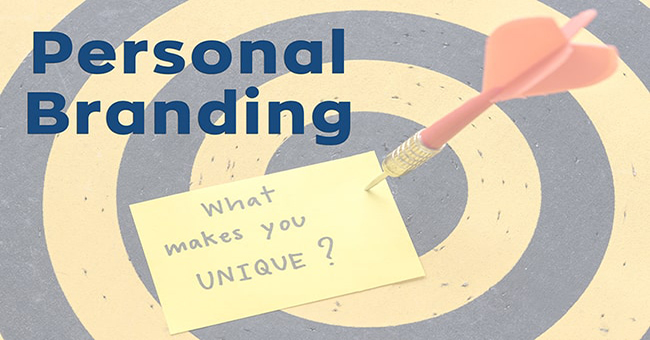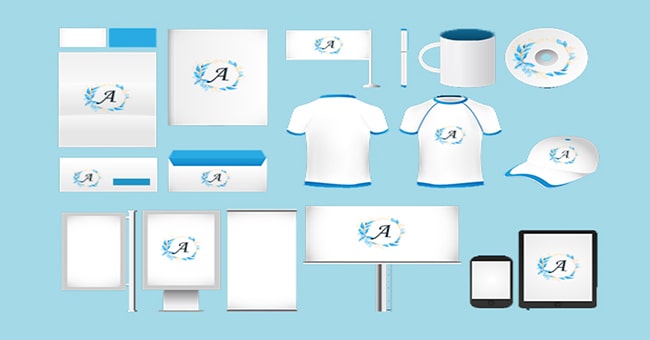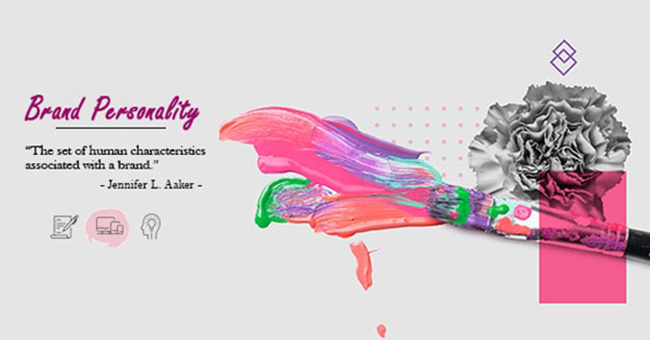Do you know what makes a brand strong? There are many factors that make a strong brand. If you know and understand these factors, businesses can easily plan to build a brand effectively or turn a struggling brand into a successful breakthrough. And what businesses need right now are 2 important brand building models that any business needs to understand clearly to solve the “problem” of brand development.
1. Brand Equity Model by David Aaker
Brand Equity (Brand equity) refers to the value of a brand’s assets as determined by consumers’ perceptions and experiences. This is one of the factors that contribute to a higher financial value of a brand.
David Aaker defines brand equity as a set of brand assets associated with the brand name and symbol, which contribute to increasing or decreasing the value of a product/service. Another aspect that Aaker mentioned is that brand equity also provides value to customers. It influences purchase decisions and affects the quality of customer experience.
David Aaker‘s brand building model provides a perspective on brand equity as one of the key components of modern marketing. He believes that Brand Equity includes 4 aspects: brand loyalty, brand awareness, brand association and other asset values, perceived quality.
1.1 Brand Associations and other asset values
One of the asset values of a business is competitive advantage. It helps businesses build a solid foundation in the market to outperform competitors and lead the market for a long time. This has the effect of increasing brand value.
Brand association is an attribute of the brand that appears in the minds of consumers when they think of your business. Like the Nike swoosh or the Pepsi blue, all of these create associations when thinking about these brands. Associations are formed through feelings of familiarity and distinctiveness, which help users retrieve or process information about a particular brand.
A brand must have positive associations, be trusted by customers, and be distinguishable from competitors.
Consumers form associations with the brand through media such as: advertising, news, PR, direct marketing, word of mouth, product quality, price, service, company employees, etc. Integrated communication is a general picture of all the brand’s touch points and creates a positive association.
In addition, brand association also creates a solid foundation for businesses to expand their product portfolio and brand extension through association with the prestige of the parent brand.
1.2 Perceived Quality
Perceived quality refers to the quality of the brand. It is the consumer’s assessment of the brand’s ability to meet their expectations based on previous experiences
A strong brand building and development process also contributes to increasing the perceived quality of the brand. The higher the perceived quality, the more likely consumers are to buy the product/service.
However, not only that, after purchasing, consumers will check the quality and performance of that product. In other words, consumers will compare the perceived quality of the brand with their previous expectations/experiences. At this point, there will be 3 situations that occur:
- Perceived quality = expectation: Customers are satisfied
- Perceived quality > expectation: Customers are completely satisfied
- Perceived quality < Expectations: Customers are not satisfied
1.3 Brand Awareness
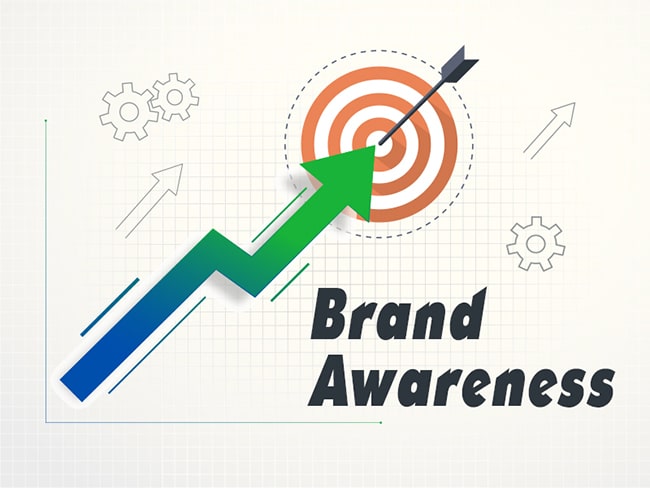
Brand Awareness refers to to the level of brand awareness of potential customers. It also affects customers’ feelings about other products in the business’s product portfolio. Brands often reach consumers through many media such as: television, radio, newspapers, outdoor advertising and Digital Marketing,…
Building brand awareness is a process of continuous effort, many businesses have to spend a lot of marketing costs to gain recognition in the market. Because a brand must be deeply imprinted in the minds of consumers to be successful.
Brand awareness is divided into two types: Brand recognition and Brand recall.
Brand awareness is not an independent aspect, it is closely linked to brand association. Consumers will associate the brand and perceive the brand quality based on their awareness and previous interactions. It is the first step in the consumer decision-making process.
High brand awareness and recognition will help businesses launch subsequent products on the market. It is not wrong to say that brand awareness is the key element in the branding model.
1.4 Brand Loyalty
Brand loyalty is the attachment of consumers to a brand, they repeatedly buy products of the same brand despite other alternatives. Brand Loyalty will improve brand equity, it is a combination of several factors such as: customer perceived value, brand credibility, customer satisfaction, repeat purchase behavior and commitment.
Customer loyalty will improve business profits due to reduced marketing costs, customers are willing to buy at higher prices and recommend the brand to other potential customers.
Loyal customers are also more “open” to new products that the company launches in the form of brand extensions. They will be the first to use this new product because they already have trust in the brand. Therefore, the brand must always make an effort to interact with customers and maintain a long-term relationship with them.
To build a foundation of customer loyalty, the brand must segment the market appropriately, attract the right customers, classify customers effectively and provide quality services.
2. Kevin Keller’s Branding Model – Customer-Based Brand Equity (CBBE)
This brand building model was mentioned by Kevin Keller in his famous book “Strategic Brand Management”. As the name suggests, this model is based on customers, Keller believes that brand value is created by providing customers with a great experience. It is important for businesses to manage how consumers think and feel about the brand. The higher the positive customer experience, the higher the brand equity. High brand equity will promote customer loyalty to the brand.
Kevin Keller‘s model is also known as the brand resonance model because it builds a strong connection between the brand and the customer. The 4-step branding model consists of 6 pyramid-shaped blocks, each step being a question in the consumer’s mind about the brand. When a business reaches the top of the pyramid, it means you have successfully created a buzz for your brand.
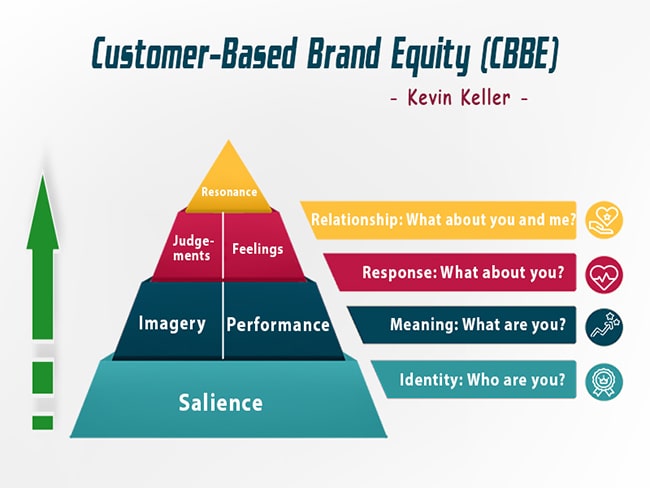
Step 1 – Who are you? (Brand Identity)
The main component of this stage is to develop a system of brand identity in the minds of consumers. The main purpose is to develop “Salience” – the frequency and ease of shopping and consuming the brand.
Businesses will form brand associations in the minds of users through the creation of brand names, logos, colors, slogans, etc. These elements act as “cues” to remember for consumers at the time of decision making. Only brands that are remembered by consumers will be considered when they have a need for a product. Therefore, building brand awareness and association is an important step for a brand to stand out, and ultimately lead to brand recognition.
In this marketing stage, businesses can apply the STPD strategy including the following steps: Segmentation, Targeting, Positioning and Differentiation.
Step 2 – What are you? (Brand meaning)
This stage aims to build brand meaning with consumers so that they understand what your brand means and what it stands for.
The two building blocks for this step are “Performance” and “Imagery”. To achieve this, the goal of building a brand for a business is to create a Point of Parity and a difference. Images alone are not enough, businesses must deliver services and quality that match their promises to create brand resonance with customers.
- Brand Imagery: Refers to the intangible component of a brand, to the way a brand satisfies the social and psychological needs of consumers. It includes components such as:
- User Profile: The groups of people who use the brand. It is based on the demographic and psychographic representation of the business.
- Purchase and usage status: When and where the brand is purchased, how often and formally it is used. In short, it talks about the behavior of the target audience.
- Personality and values: Brands are like people, some aspects of brand personality mentioned by Keller are: Sincere, lively, brave, sophisticated and confident. Consumer values must be consistent with brand personality to create a bond between the brand and the consumer.
- History, heritage and experience: The experience, skills and achievements of the brand over time. It affects the perception of consumers.
- Brand Performance: Refers to the tangible component of the brand, it is mainly related to the needs of features and functions satisfied by the brand. The brand must at least meet the expectations of the target customers. Only when expectations are met can a business gain customer satisfaction, which then develops into loyalty.
Keller mentions several components of Brand Performance:
- Main features and secondary features
- Reliability, serviceability and durability of the product
- Service efficiency and empathy
- Style and design
- Price
Step 3: What about you? (Brand Perception)

This stage refers to the consumer’s feelings towards the brand, including the blocks “Judgements” and “Feelings”. The main purpose of branding at this stage is to create a positive consumer response. This stage is the result of the previous two stages, where the views and opinions of the target audience are of utmost importance.
- Brand Judgments: Based on their personal views when interacting with the brand, consumers will make assessments. These opinions originate from the mind, that is, the customer’s perspective. Keller divided Brand Judgments into 4 types:
- Brand Quality: This is the most important assessment. The perception of value and satisfaction comes from the quality of the brand.
- Brand Credibility: Evaluated based on 3 criteria: Capacity, innovation and reliability.
- Brand Consideration: Reflects whether the brand is in the group of brands that consumers are considering or not.
- Brand Superiority: Reflects the competitive advantage that the brand has compared to other brands in the same industry
- Brand Feelings: The emotional reactions of consumers to a brand. Feelings that come from their “heart”. Consumers’ feelings can be passionate, negative or positive depending on how the brand is communicated. And the result is perception. Keller divided Brand Feelings into 6 types:
- Warmth
- Fun
- Excitement
- Security
- Social Approval
- Self Respect
Step 4 – What about you and me? (Relationship)
The final step of Keller‘s brand building model is about the ultimate relationship between the customer and the brand. It measures the brand-customer bond and truly reflects the consumer’s continuity with the brand as well as other products. “Resonance” reflects a two-way relationship: The consumer grows with the brand and the brand synchronizes with the customer’s needs.
The goal of branding at this stage is to establish deep and lasting customer loyalty to the business. Keller divides brand resonance into four categories:
- Behavioural Loyalty: Measures the repeat purchase rate of customers. Higher brand loyalty translates into higher profits due to lower marketing costs while maintaining prices. Loyal customers act as brand ambassadors with word-of-mouth campaigns.
- Attitudinal Attachment: A consumer’s positive association with a brand is a strong measure of attachment. A consumer who loves a brand and cannot “break up” with it is considered to be truly attached.
- Sense of Community: A brand’s community of love is a social phenomenon where consumers of a brand feel connected to one another.
- Active Engagement: The strongest measure of customer loyalty to the brand. Customers are willing to invest time and money in the brand. They are also willing to participate in other activities such as: events, clubs, information updates, interactions on platforms, chat rooms, etc. In the true sense, customers have now become brand ambassadors, brand “evangelists”.
Brand building is a never-ending process. Businesses must make a real effort to develop their brands more and more strongly. Hopefully, the two branding models of Aaker and Keller will help businesses succeed from the first steps.
Reference source: Research article “Branding and Models of Branding” by Sweta Menon.
See more:
Contact ADSMO now – INFORMATION TECHNOLOGY & MARKETING solution, providing customized Enterprise Software solutions, consulting on building digital platforms with the mission:
TOTAL solution, BREAKTHROUGH development – Optimizing COSTS – Increasing PROFITS. We are committed to providing you with:
- Management solutions tailored to your business needs.
- Easy-to-use and efficient systems.
- Professional customer support services.
Contact ADSMO now for a free consultation:
- Address:8th Floor, HD Tower Building – 22 Pho Moi – Thuy Nguyen Ward – City. Hai Phong
- Website: https://adsmo.vn
- Email: info@adsmo.vn
- Hotline: 0356 105 388


